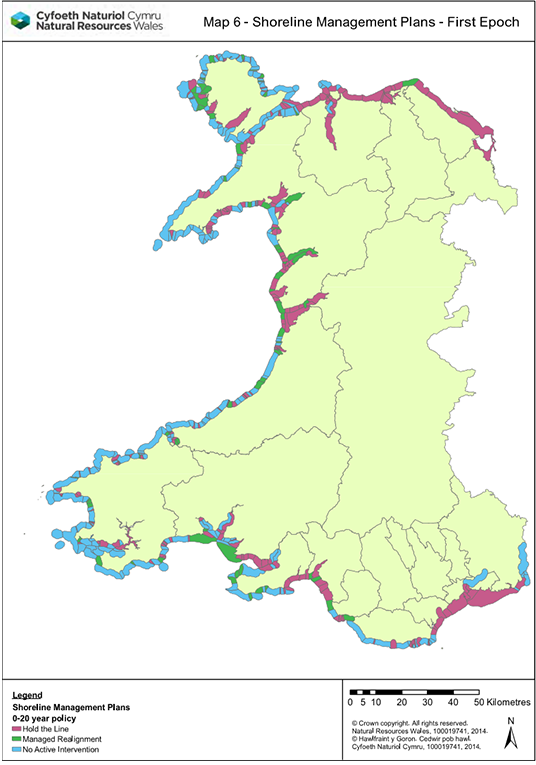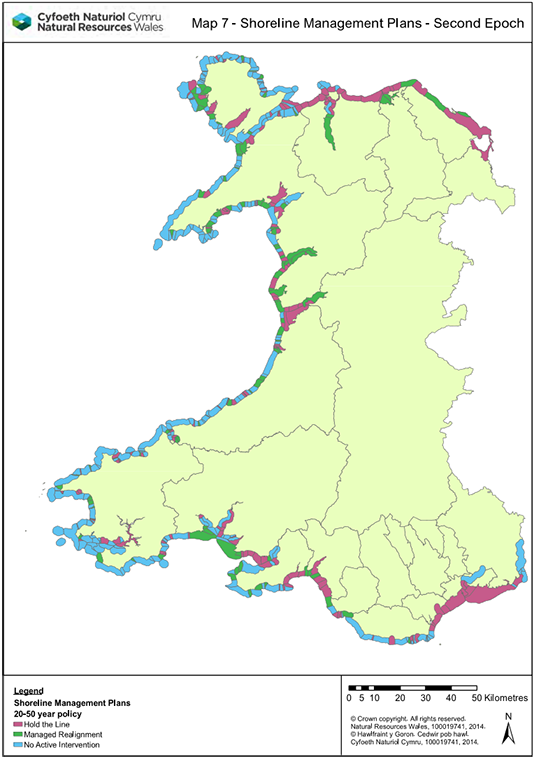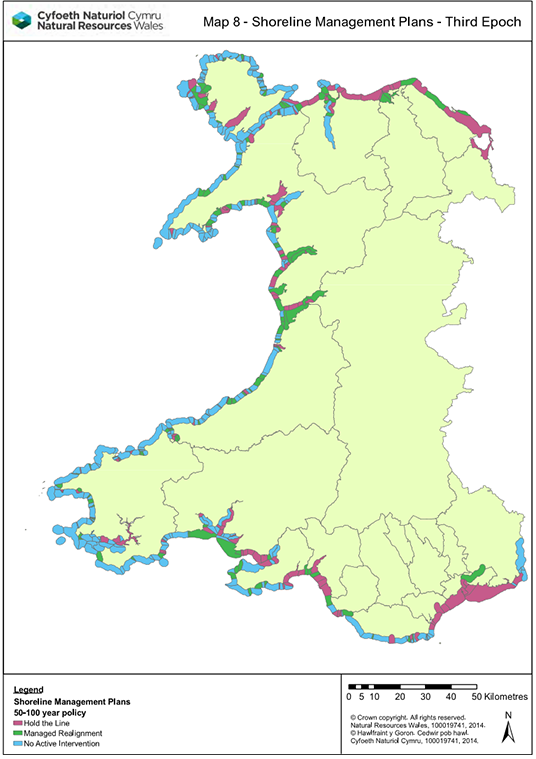The Phase 2 Report Into The Coastal Floods
A reminder about why our sea defences are important and what could have happened without them:
The first report found out that without our sea defences:
- Over 24,000 properties could have flooded across the North Wales coast during the December 2013 storm.
- Over 50,000 properties around Wales could have flooded across Wales, during the January storms.
If we work out that an average buildings insurance flood claim figure would be around £40,000 it suggests the costs of the ‘damages avoided’ in December 2013 and January 2014 are around £960million and £2billion.
These two storms were both a success for our existing sea defences and also wake-up call about the increasing dangers that we face in Wales.
Major recent developments in fighting floods include:
- Creation of the Flood Forecasting Centre in April 2009. It is open 24 hours a day, 7 days a week.
- Improving the quality of the U.K. weather forecast.
- Improving the quality of flood forecasting and flood warnings.
- The work of ‘Flood Awareness Wales’ to improve local understanding and community readiness for flooding.
- Spending money on new coastal defences, such as Borth, Riverside at Newport and Fairbourne.
- Spending money on the repair of existing coastal defences such as the Tidal Clwyd Embankments.
One job for geographers is in risk forecasting; in 2009 the Flood Forecasting Centre (F.F.C.) was opened to provide flood risk assessments for Wales & England.
Geographers use a table to look at ‘Likehood’ of an event and ‘Potential Impacts’ of an event to issue colour coded warnings which are then shared with the public.

Flood Risk Maps for the two storms in December 2013 and January 2014

This information is then given to National Resources Wales (N.R.W.) which is the organisation in Wales in charge of dealing with flooding as well as all other aspects of the environment in Wales.
The N.R.W. then works closely with:
- National partners such as the Met. Office (Meteorological Office), Highways Agency & Welsh Government.
- Media partners such as BBC Wales.
- Regional partners such as police forces.
- Local partners such as local councils and communities and even individuals.
The actual Impacts on property are shown on this table, but quite a small increases in sea level in several places would have caused much bigger problems.

As well as flooding of properties there were further problems on:
- railways & roads
- evacuations of areas that were a ‘near miss’
- and flooding of large areas of farming land
When talking about how best to manage the coastline the report describes the S.M.P.’s or Shoreline Management Plans which are put in place within Wales and England.
In Wales all Decision Making on the coast is broken down into four Shoreline Management Plans (S.M.P.’s):
- Anchor Head (in England) to Lavernock Point; called the ‘Severn Estuary’ S.M.P.
- Lavernock Point to St Ann’s Head; called the ‘South Wales’ S.M.P.
- St Ann’s Head to the Great Orme; called the ‘West of Wales’ S.M.P.
- The Great Orme to the Scottish Border, called the ‘North Wales and North West England’ S.M.P.
Each S.M.P. looks at the next 100 years divided into 3 periods each called an epoch.
- Epoch 1 (short-term) = years 0 to 20
- Epoch 2 (medium term) = years 20 to 50
- Epoch 3 (long term) = years 50 to 100
One of four policies can be used in epoch on each part of the coast; these policies are:
- No Active Intervention (N.A.I.): where there is no planned spending on coastal defences even if there are some there already.
- Hold the Line (H.T.L.): wanting to build or maintain coastal defences so that the shoreline stays in the same place as now.
- Managed Realignment (M.R.): allowing the shoreline to move backwards or forwards naturally.
- Advance the Line (A.T.L.): by building new defences on the seaward side of the original defences.
These are shown on the following maps:



A vital finding of the report was that the S.M.P.’s have to be accepted by the Welsh Government so that everyone knows what is planned for the future when making decisions.
The Report made 47 recommendations under the following headings which were either agreed or agreed in principle by the Welsh Government.
1-2: Progressing the Recommendations; by writing a plan.
3-5: Storm Severity; improving our knowledge about severe storms.
6-9: Flood Forecasting; improving our forecasting of floods.
10-17: Flood Warning & Community Response; improve warnings and the ways in which communities use these.
18-26: Operational Response; to improve how risk is planned for and responded to by groups such as the police and Councils.
27-42: Coastal Defences; to look at how our sea defences worked during the two storm events and to accept S.M.P’s to allow immediate planning to begin.
43-47: Infrastructure Resilience; making sure that important things such as transport and utilities (electricity, gas, water, phone & internet) are at ‘acceptable’ risk based on these storm events and the way in which scientist believe storms will get worse in the future because of climate change.
The biggest section of these recommendations was about what we do with our coastal defences but we must remember that other things are also important such as:
- Forecasts
- Warnings
- Studying to find out more about storms
- Organisations and communities practising what to do in a flood or a storm
In the next linked article you will be asked to look at places around our coastline and carry out a D.M.E. (Decision Making Exercise) on the coastal defences of a part of the coastline of Wales.
Pupil Activity
Use the same categories as the report draw a mind map of the ways in which Wales needs to respond to the increasing risks of coastal flooding in Wales.
- Progressing the Recommendation
- Storm Severity
- Flood Forecasting
- Flood Warning & Community Response
- Operational Response
- Coastal Defences
- Infrastructure Resilience

